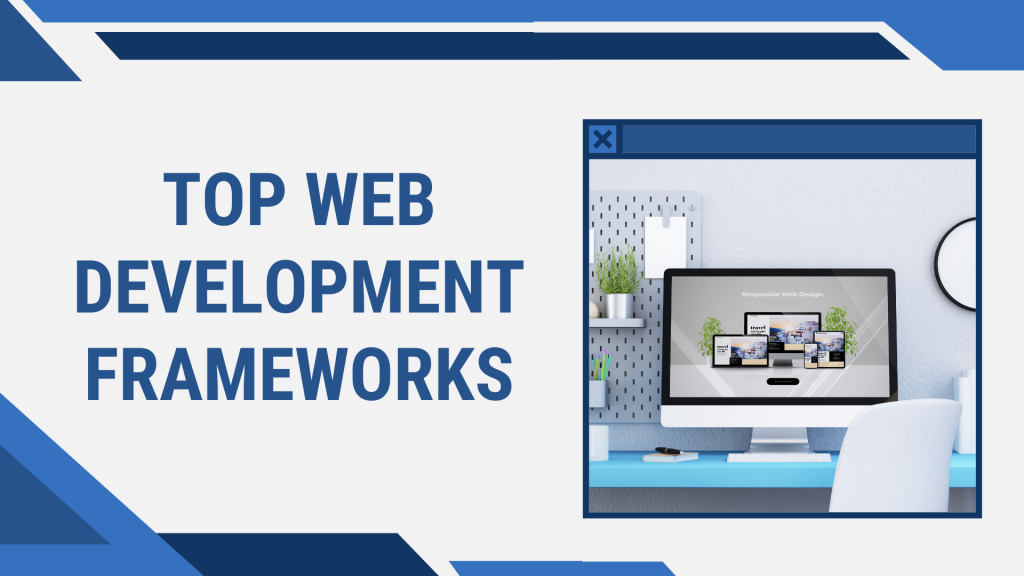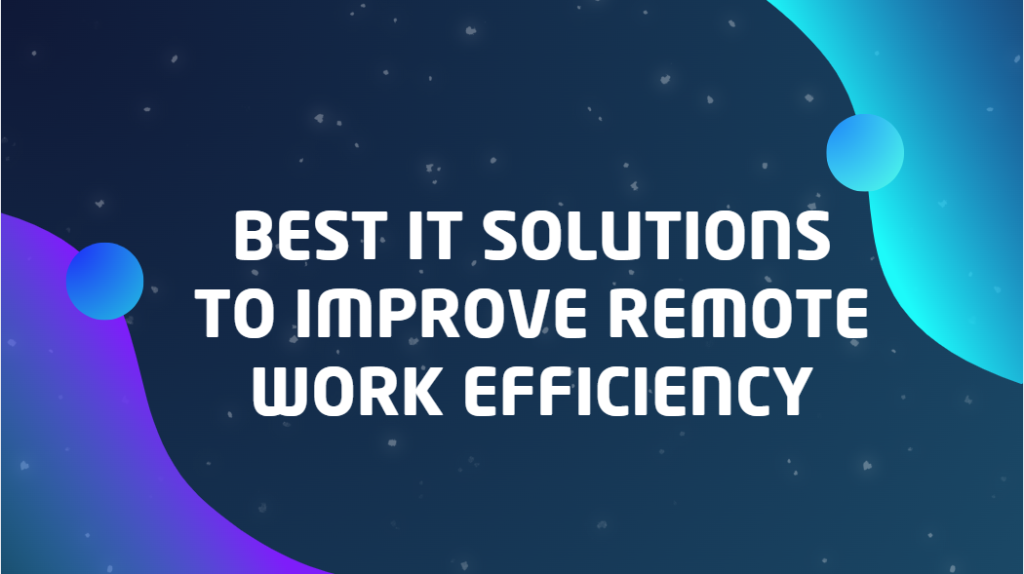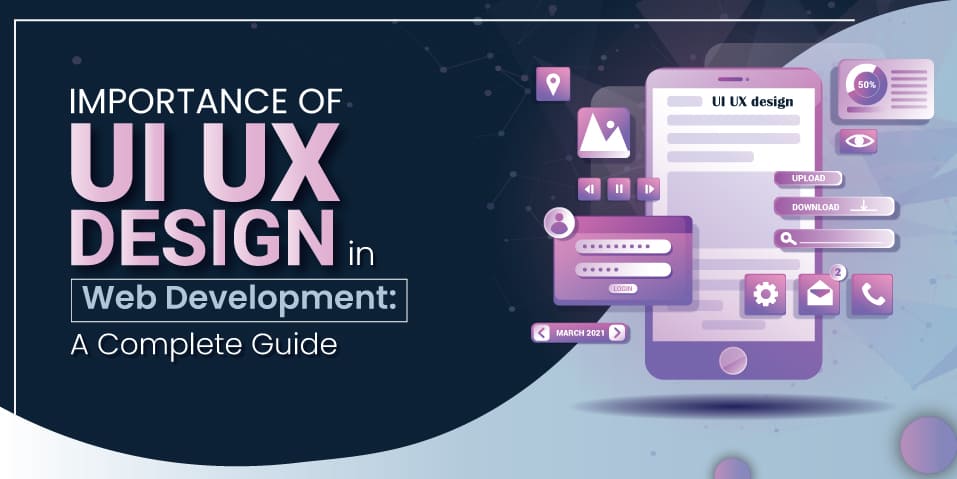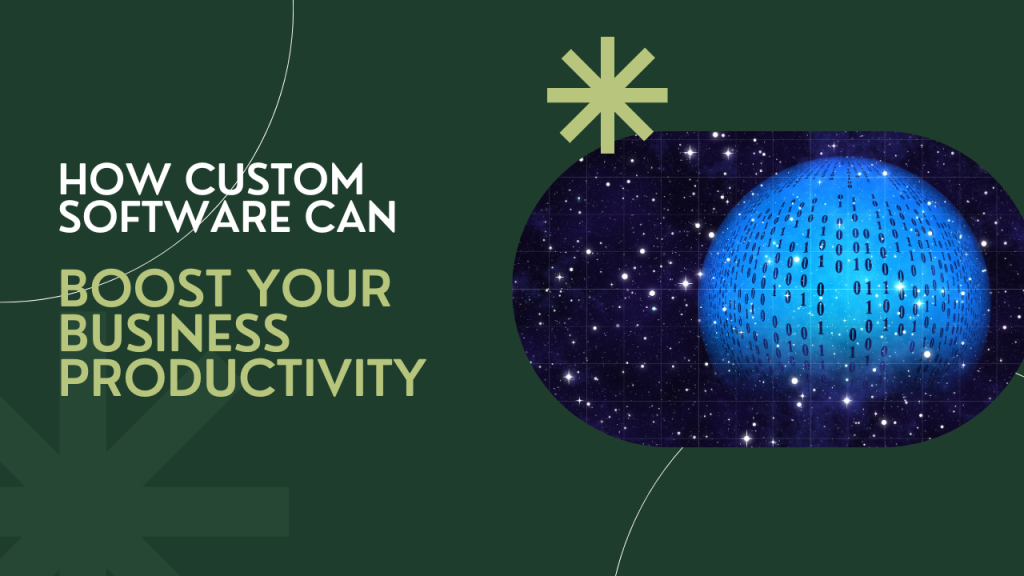10 Proven Tactics to Boost Your Website’s Conversion Rate in 2025
Today, getting people to visit your website is not the biggest problem. The real challenge is turning those visitors into paying customers. Many businesses in the UK are facing issues like people leaving their websites quickly, not buying anything, or not taking any action. Even after spending money on ads and SEO, their conversion rates are not improving. This can be frustrating, and many business owners don’t know what to do next. The good news is that you don’t need to guess anymore. In 2025, new tools and smart ideas can help you improve your website’s performance. With the help of AI and user data, it’s easier than ever to turn visitors into buyers. In this blog, we will share 10 simple and proven tips that UK businesses are already using to get better results — and you can use them too. 1. Embrace AI-Powered Personalisation Today’s customers want websites to give them a personal experience that meets their needs. With the help of Artificial Intelligence (AI), websites can now show changing content, suggest the right products, and offer special deals based on what the visitor is doing at that moment. This kind of personal experience makes the shopping journey smoother and helps people make faster decisions, which leads to more sales. Tools like Dynamic Yield and Adobe Target are often used by online stores in the UK to do this. These tools look at things like what the user clicks on, where they are, and how they browse the site. Then, they show the most helpful content or products to that user in real time. 2. Optimise for Voice Search Voice search is changing the way people in the UK use the internet. More and more people now use smart speakers and voice assistants on their phones. Instead of typing short words, they ask full questions like they are talking to a person. Because of this, your website content should sound more natural and friendly, like everyday conversation. You can also help your website show up in voice search by adding special codes called “structured data” or “schema markup.” This makes it easier for search engines to understand your content. It’s also a good idea to write answers to common questions and use longer phrases like “best local SEO service in Manchester.” This helps your website become the top result when someone asks a question using their voice. 3. Streamline Your Mobile UX More than 65% of people in the UK visit websites using their mobile phones. If your site does not work well on mobile, many visitors will leave without taking action. This is especially true when they try to buy something or fill out a contact form, and the site is slow or hard to use. To fix this, use a design that works well on all screen sizes. This is called a “responsive design.” Make sure it’s easy to move around the site, and make pages load faster by shrinking big images and files. You can also use tools like Google’s Mobile-Friendly Test to check if your website works well on phones and tablets, just like it does on computers. 4. Leverage Social Proof Strategically People in the UK trust what other customers say before they buy something. Showing reviews, customer stories, news mentions, and star ratings can help build trust. This is very important if someone is buying from your website for the first time. You can place customer reviews near buttons like “Buy Now” to make people feel more confident. You can also show messages like “Just purchased in London” or use trusted review sites like Trustpilot. These small things show that others are happy with your product, which makes new visitors more likely to buy too. 5. Use High-Converting CTAs Your calls to action (CTAs) are the last step to get visitors to take action. Weak CTAs like “Click Here” don’t make people want to act. Good CTAs use strong words, show benefits, and are placed where people can see them easily without scrolling. Try using action words like “Get Started Free,” “Secure My Offer,” or “Join Thousands of Happy Customers” on bright buttons. Keep the message short and clear, with a sense of urgency. Put CTAs near the top of the page, at the end of the content, and in sticky bars so visitors can see them anytime. 6. Create Interactive Content Interactive content like quizzes, saving calculators, and product match tools keep visitors interested for longer. This helps your website rank better in search engines and gives users a personal way to find what they need before buying. For example, a quiz like “Which Web Hosting Plan Suits Your Business?” can help people find the right choice, making them more likely to buy. Tools like Typeform and Outgrow are popular in the UK because they let you create these fun experiences without needing a lot of technical work. 7. A/B Test Everything A/B testing helps you make choices based on real data, not just guesses. You show two different versions of a webpage or part of it to different visitors to see which one gets more clicks and sales. You can start by testing things like headlines, main images, call-to-action text, and where forms are placed. Tools like Optimizely and VWO help you watch how users act and collect data on conversions. In the UK, many businesses use A/B testing regularly to grow and get better results. 8. Speed Up Your Website Fast loading is very important for a good user experience, especially on mobile phones. Studies show that people in the UK leave websites if they take more than 3 seconds to load. Also, slow websites do not rank well on Google. To make your site faster, make images smaller, use new image types like WebP, turn on browser caching, and remove extra JavaScript. Using a server or CDN (Content Delivery Network) based in the UK can also make your site load quicker. Check your site speed often with
10 Proven Tactics to Boost Your Website’s Conversion Rate in 2025 Read More »










